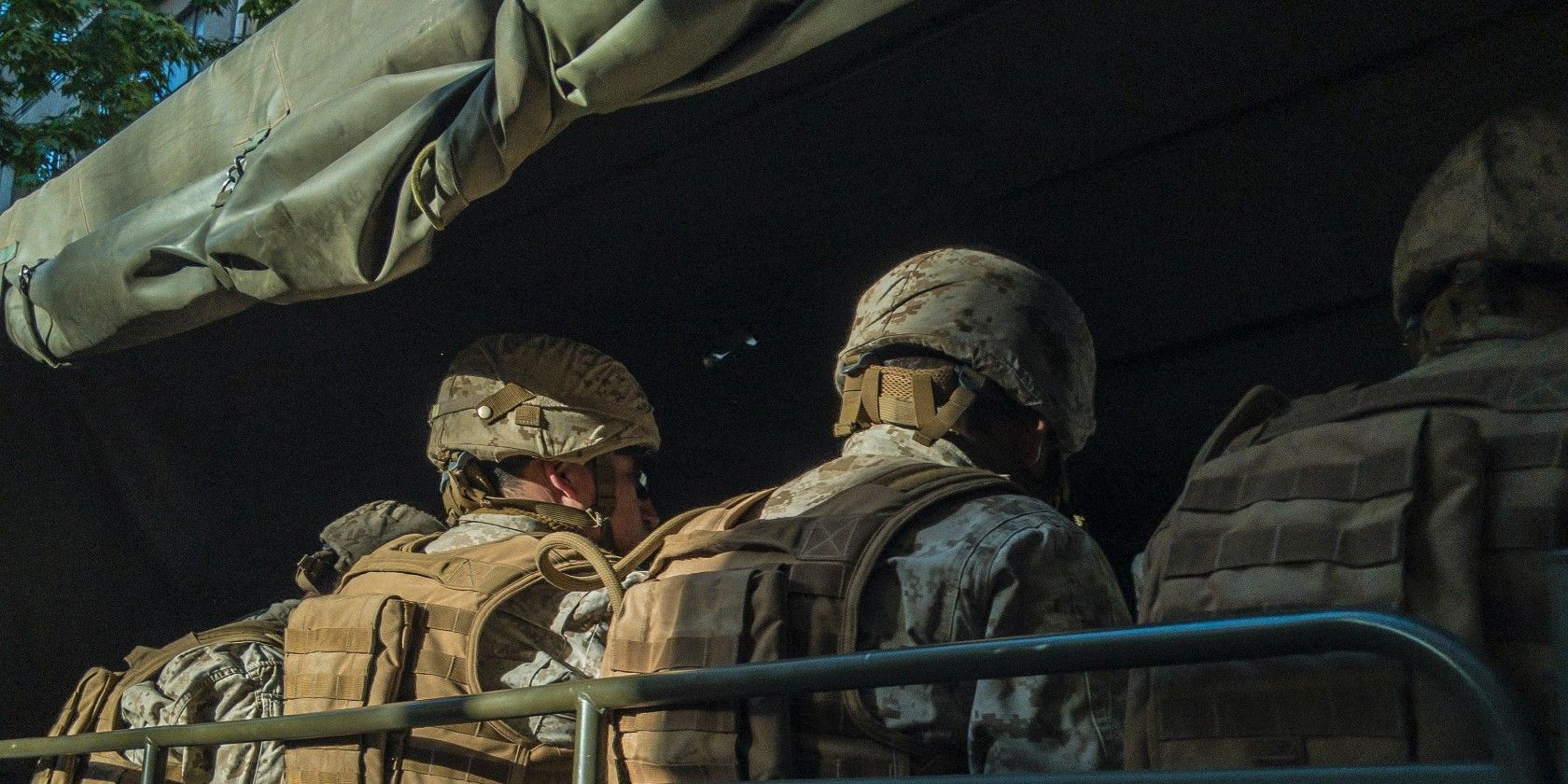Augmented Reality (AR) has been a huge talking point in the tech world for a while. In early 2021, Microsoft made the headlines after winning a multi-billion dollar contract to make AR headsets for the US military.
Warfare is a sensitive topic, and the deal has divided opinions. Some Microsoft employees, for example, have expressed their discontent.
So, how will the US military use these headsets? Will the technology modernize army operations? We’ll answer both of these questions in this article.
Microsoft’s Headset Deal with the US Military: A Quick Recap
In March 2021, the US Army announced that Microsoft had won a contract to supply it with HoloLens technology. Lasting for 10 years, the deal is worth almost $22 billion.
Through the partnership, Microsoft will provide the military with 120,000 AR headsets.
Microsoft has partnered with the Army in the past. In 2018, it received a contract to create and give the military prototypes using Integrated Visual Augmentation System (IVAS) technology. That particular contract was worth $480 million.
The move was not universally well-received within the company, though. Microsoft Workers 4 Good, a group of employees at the company, tweeted their discontent when the news was announced:
We would much rather Microsoft used today to stand up for Transgender people everywhere on Transgender Day of Visibility, instead of building weapons of war. https://t.co/kHZycRhpvM
— Microsoft Workers 4 Good (@MsWorkers4) April 1, 2021
In 2019, the same group also wrote an open letter to Microsoft CEO Satya Nadella and President Brad Smith, arguing for the cancelation of the IVAS contract signed one year earlier.
What Is Microsoft’s HoloLens 2?
Microsoft launched the HoloLens 2, the successor to the original HoloLens, in 2019. The upgraded glasses include numerous features, such as better hologram stability compared to the first edition.
HoloLens 2 users can blend real-life with a virtual world and utilize it in various scenarios. Users can play video games on both consoles and their PCs, while the technology is also helpful in industries such as construction.
In What Situations Would the US Military Use These Headsets?
The Military plans on using HoloLens headsets in numerous different scenarios. As mentioned in its press release:
The IVAS aggregates multiple technologies into an architecture that allows the Soldier to Fight, Rehearse, and Train using a single platform.
When it comes to training, Microsoft’s technology will enable soldiers to replicate real-life situations. The aim is to better equip personnel for battle. But at the same time, using AR is safer than thrusting them into an actual battlefield.
When using the HoloLens 2, the Army can also analyze soldiers’ performance. For example, they can determine the individual’s heart rate and the quality and accuracy of their shooting. With this information, they can focus on fine-tuning.
Beyond the training phase, Microsoft’s AR headsets will also help the US Army during battles. Using AR technology, soldiers can identify possible threats and make decisions accordingly. For example, military personnel can use the headsets to see through walls.
Will Microsoft’s AR Technology Help to Modernize the Military?
When the news of Microsoft’s partnership with the US Army was announced, Microsoft President Brad Smith said that “Technology has been changing the nature of what is needed to defend a nation.”
For two centuries, technology has been changing the nature of what is needed to defend a nation. We are longtime supporters of the @DeptofDefense and @USArmy’s effort to modernize the U.S. Military through advanced technology. https://t.co/UOxd4NPFPt
— Brad Smith (@BradSmi) March 31, 2021
The HoloLens 2 could help make servicemen and servicewomen more efficient by helping them identify possible threats easier. And before they step out into combat, they can also use AR to better prepare them for situations they may run into.
Perhaps one of the most critical aspects of using the HoloLens is not the training alone, but how the feedback will make soldiers more effective. The technology will enable personnel to improve their effectiveness when in real-life situations by enhancing necessary battleground skills.
Another important aspect is that the military may be able to identify targets better using the HoloLens. They can differentiate between threats and non-threats, which could help lower collateral damage and accidental civilian deaths.
Despite Resistance, the HoloLens 2 Might Work Well for the Army
Technology has advanced warfare. Considering that soldiers need to practice for scenarios that you can’t really recreate in real life, the AR deal between the US army and Microsoft isn’t that surprising.
Bearing in mind the associated price tag, the military clearly has big expectations for the HoloLens 2. Personnel can use training to not only get familiar with different situations but also the technology itself.
Though the deal was met with some resistance, Microsoft is unlikely to be the last tech company to sign military partnerships worldwide.
About The Author

